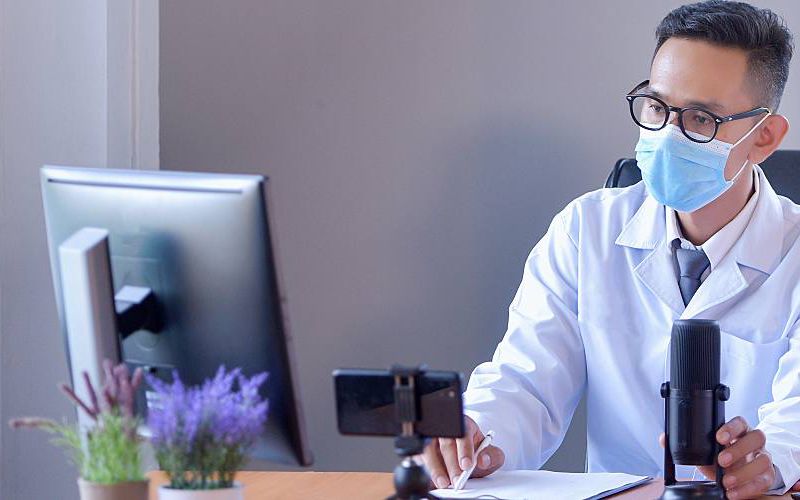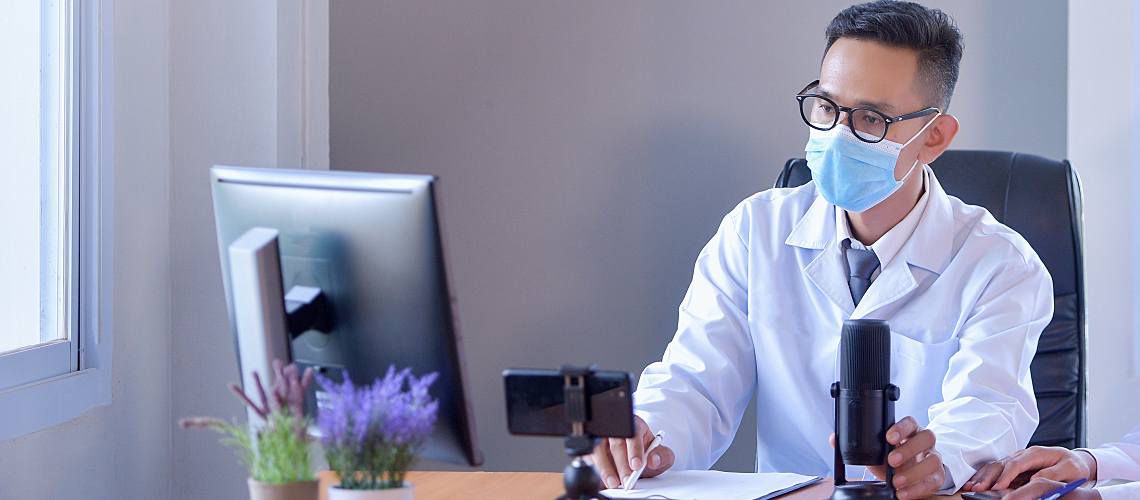Planning for Virtual Audits: What Lab Managers Need to Know for Compliance


For water testing labs, maintaining mission-critical certifications remains as important as ever to provide continuity of confidence to customers and communities. However, you may be hesitant to let external auditors into your facility during the COVID-19 pandemic, and auditors themselves may want or need to avoid meeting you and their other clients in person.
To address this conundrum, many accreditation companies are now conducting virtual audits to protect auditors and clients. These assessments use tools such as teleconferencing and document-sharing to assess conformity to standards, including ISO/IEC 17025 for testing and calibration labs.
Although there are unique considerations with remote assessments, they have several benefits and may even be more efficient than in-person audits. But what do virtual audits look like? And how can you prepare for one? To get a better sense of what to expect, consider these remote assessment basics, preparation tips, and common pitfalls.
How Do Virtual Audits Work?
A virtual audit is much like it sounds: Instead of having someone on-site to evaluate your documents and processes, this information is shared remotely between your lab and its auditors. As such, all the paperwork that's needed for a traditional audit — e.g., records and documentation on procedures, training, maintenance, and more — needs to be provided electronically.
To reduce the amount of time they're inside your facility, an auditor may conduct some of their assessment remotely and some of it on-site. Depending on the type of assessment, it may take up to two weeks and typically no more than four hours per day. As usual, you'll receive a written report after the audit with its findings and a required timeline for corrections.
Is a Virtual Audit Right for Your Lab?
To determine whether a virtual assessment is appropriate for your water lab, have a discussion with your accreditation body. They can best explain whether your processes are suitable for this approach. In general, virtual audits are appropriate when:
- Travel isn't feasible for auditors.
- Data can be easily shared remotely.
- Previous lab assessments are positive.
Virtual assessments aren't typically recommended for labs that:
- Have had major nonconformances in the past.
- Are certifying to a standard for the first time.
- Have gone long periods without auditors on-site.
How Can You Prepare for a Virtual Audit?
As with on-site visits, preparation is everything for smooth virtual assessments. Getting ready for a virtual audit isn't all that different from preparing for an in-person assessment. You'll gather the same data and documentation but in a format that's electronically shareable. And you'll still provide visual evidence of processes and conditions in your lab. For this, you'll require technology such as:
- Reliable internet with robust upload speeds.
- A secure connection, such as a virtual private network.
- A microphone and a camera, ideally a webcam.
It's important to test your technology before the virtual assessment. Computer or software problems are the last things you want on audit day. Not only could tech hiccups delay your certification, but they're a rocky start that probably won't leave a good impression on auditors.
In addition to ensuring the right technology is in place, you'll want to talk to your accreditation body about:
- The audit agenda, timing, and scope.
- Documents and data you'll need to prepare.
- Elements of your processes and operations that'll need visual verification.
- The process for reviewing confidential information that can't be provided remotely.
What Are the Pitfalls of Virtual Assessments?
There are several challenges that can arise with remote assessments. In addition to the normal audit dings to avoid, you should also be aware of pitfalls such as:
- Security issues.
- Software problems.
- Slow internet.
- Noisy or distracting environments.
- Lateness from not recognizing the auditor operates in a different time zone.
- Not having information ready or individuals on deck to answer questions due to staggered shifts.
These pitfalls highlight the importance of testing your system and planning ahead. If the audit is going poorly — for example, if it's too loud to record — your auditor may end the assessment early.
What Steps Can You Take Today to Prepare?
The sooner you start creating a plan for a virtual audit, the more prepared you'll be when it's time for recertification. So why not begin today? For a smoother assessment, take time now to assess whether your technology is up to the task and ensure proper data security and integrity measures are in place.
Remote audits are a smart practice during the COVID-19 pandemic for a couple of reasons. For starters, they offer comparable benefits to in-person assessments with a reduced risk of virus transmission. Secondly, they can be more efficient than in-person assessments if your lab is properly prepared. By taking these steps to establish proactive processes and systems, you can save time once the auditor begins and better position your lab for compliance.






